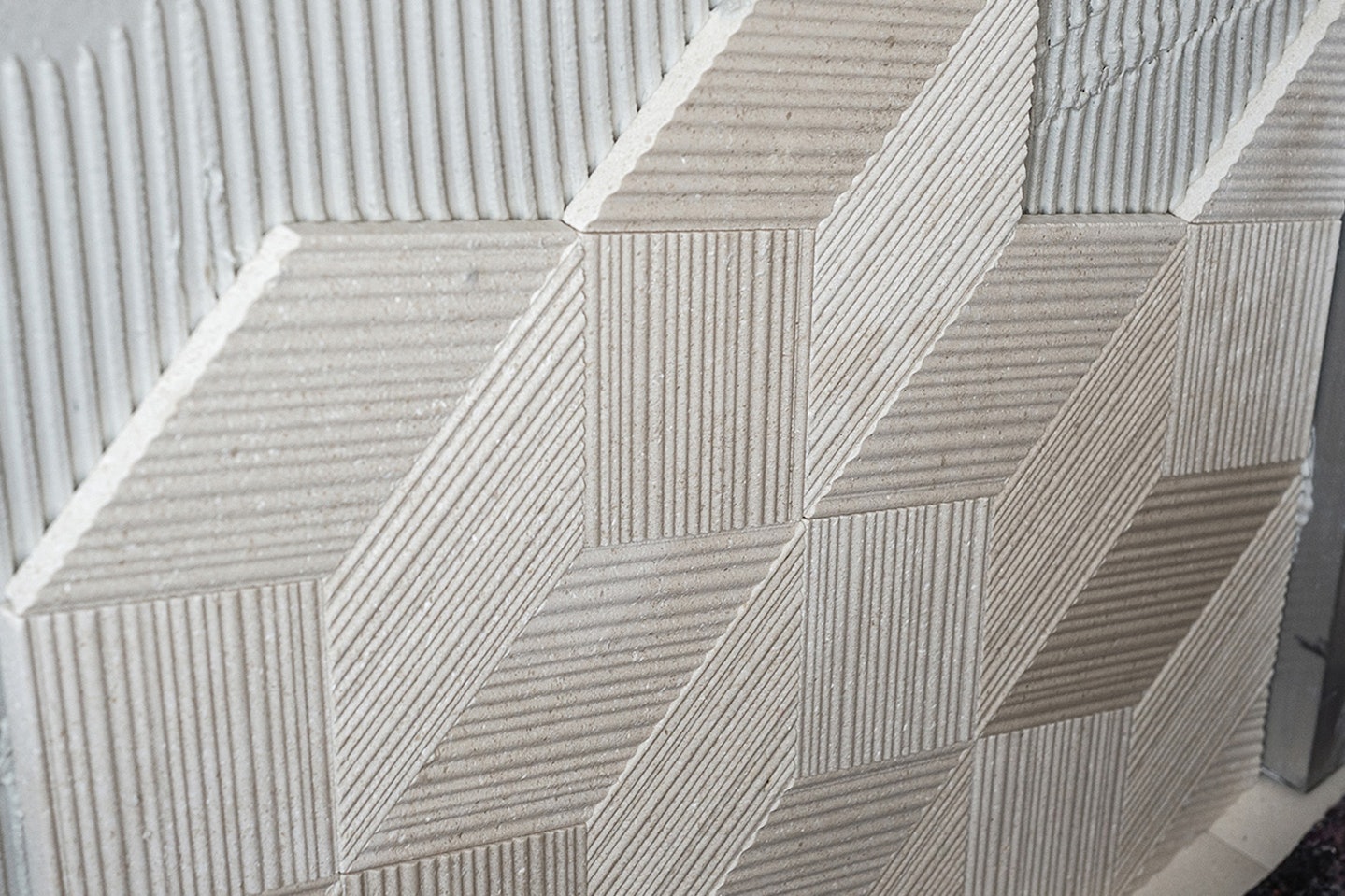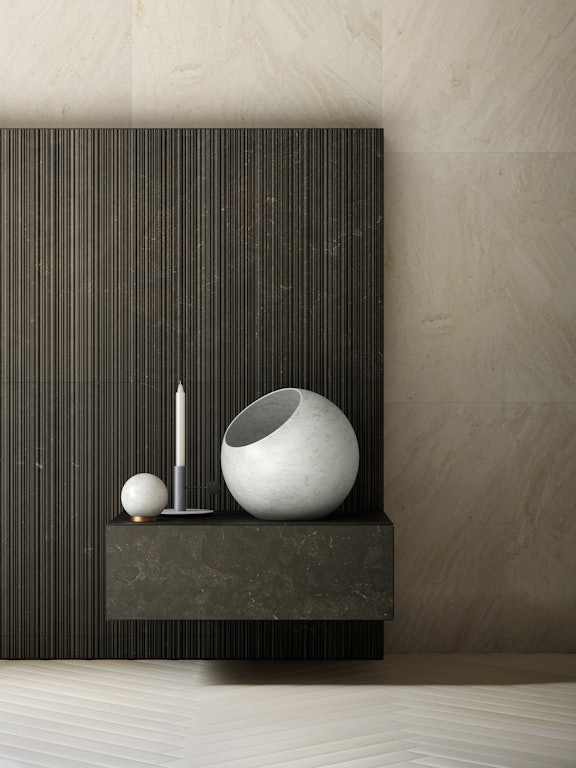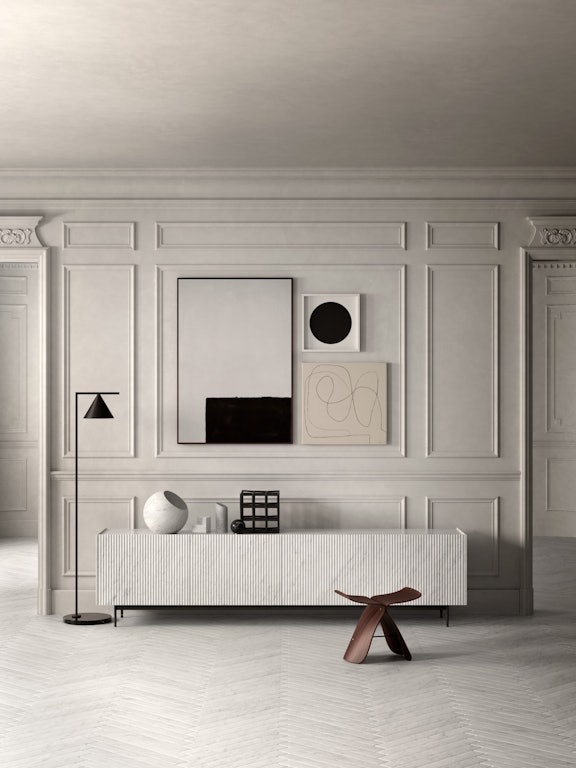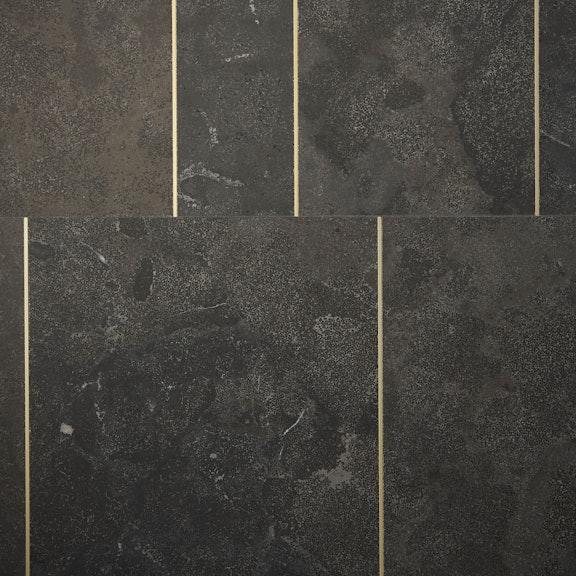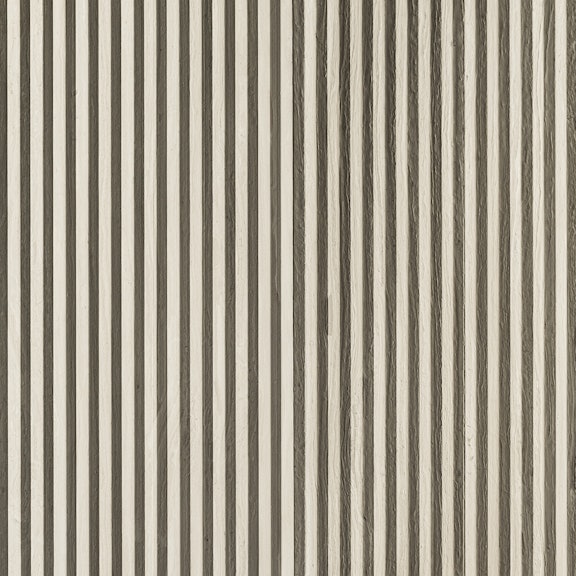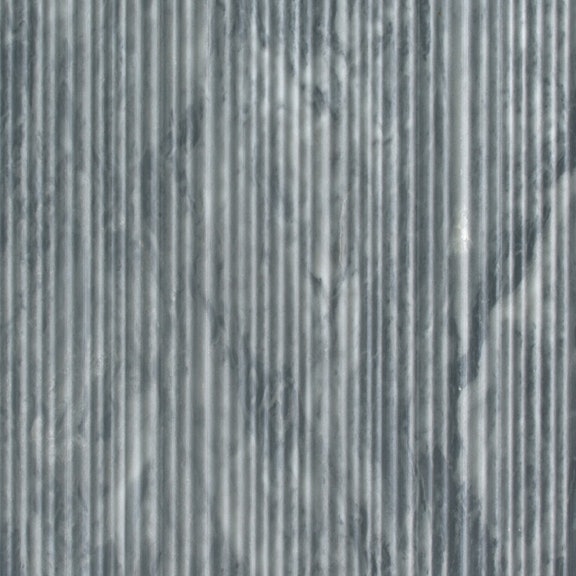How to design a support frame that will be clad in standard format tiles
03.2022
Knowing how to design a support frame that will be clad in standard format tiles will be crucial to your business
Thinking a few steps ahead is a must when it comes to building and decorating. An extra check when ordering or preparing to install, even on an activity or product that seems absolutely basic, can avoid a host of stress, problems and money.
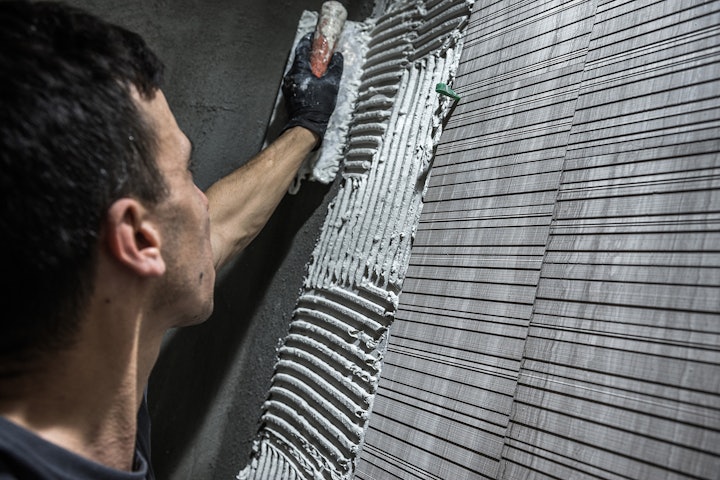
The design phase
For example, let’s take as an example, tile laying, particularly if we are talking about tiles that have a particular design or – as is usually the case with Salvatori products – textured surface.
During the design phase, if possible, and space permitting, it is always useful to consider the type of texture that will be used, checking the dimensions of the tiles and their thickness, not forgetting to take into account the layer of glue or sealant. Deciding early on whether you will lay the tiles vertically or horizontally will not only be helpful when it comes to the actual laying, but also in calculating how much material to order. If you have the space and structures, it is important to set up all the walls to do this.
Where possible, it is always better to avoid any awkward or “ugly” cuts during the laying phase. Ideally, you should plan by working with the tile dimensions in relation to the strut dimensions rather than vice versa.
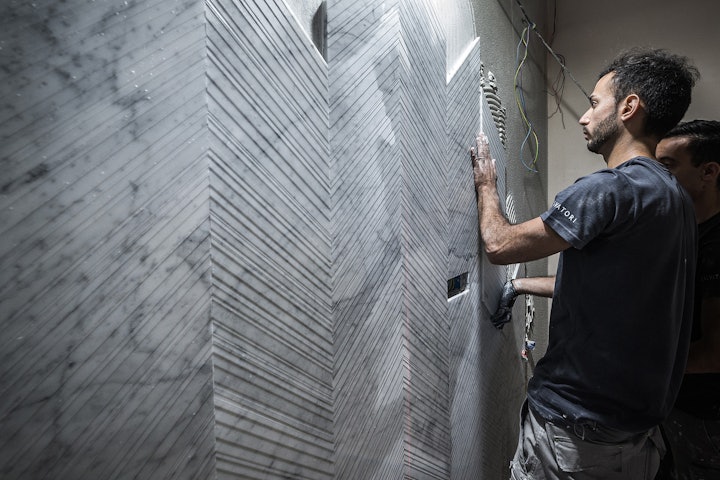
Substructure pointers
The substructure should be slightly smaller than the multiple of the tiles that will be used to clad it, because there will inevitably some level of discrepancy even in standard tiles, even though they will fall within universally accepted tolerances. Therefore, to avoid ending up with a shortage of material, it is always better to opt for a slightly reduced structure, otherwise you run the risk of finding yourself in the frustrating situation where the tiles don’t quite cover it as you had envisaged and you end up having to cut your tiles in a way that compromises the aesthetic in order to cover the structure.
As a general rule, structures are double-sided due to design parameters, and as such it is recommended that you first work on the texture that is perhaps more complex in terms of cutting and laying, and then proceed to the other side with the texture that is perhaps more straightforward. This obviously only applies where two different materials will be used.
Images taken before 11 March 2020.
